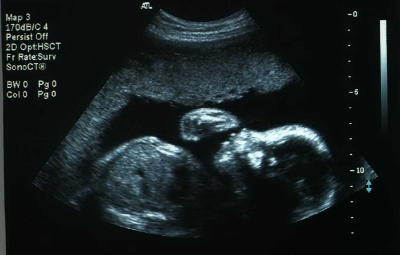Santa Cruz County, CA Board of Supervisors directed its public health officer to prepare an analysis of the research on the health effects of Smart Meters in December 2011. Poki Stewart Namkung, M.D. M.P.H., prepared this report: Health Risks Associated With SmartMeters which recognizes:
- Smart Meters transmit pulsed radiation (RF) 24/7
- There are evidence-based health risks of RF
- RF exposure can be cumulative and additive
- The massive increase in RF public exposures since the mid-1990’s
- The controversy between independent and industry science, including lack of funding for independent research
- Evidence to support an Electrical Sensitivity (EHS) diagnosis
- The public health issue is that Smart Meters are involuntary RF exposures
- FCC thermal guidelines are irrelevant for non-thermal public exposures.
- The lack of relevant safety standards for chronic pulsed RF
The report summary calls for more government vigilance towards involuntary RF public exposures because, “…governmental agencies are the only defense against such involuntary exposure.”
The report also provides examples of strategies to reduce RF including minimize cell and cordless phone use, use speakerphone when possible, use wired internet connections, avoid setting a laptop on your lap, and more.
Excerpts: “The public health issue of concern in regard to SmartMeters is the involuntary exposure of individuals and households to electromagnetic field (EMF) radiation.”
“There are numerous situations in which the distance between the SmartMeters and humans is less than three feet on an ongoing basis, e.g. a SmartMeter mounted on the external wall to a bedroom with the bed placed adjacent to that mounting next to the internal wall. ”
“…SmartMeters emit frequencies almost continuously, day and night, seven days a week.”
“… exposure is additive and consumers may have already increased their exposures to radiofrequency radiation in the home through the voluntary use of wireless devices …It would be impossible to know how close a consumer might be to their limit, making uncertainty with the installation of a mandatory SmartMeter. ”
“… all available, peer-reviewed, scientific research data can be extrapolated to apply to SmartMeters, taking into consideration the magnitude and the intensity of the exposure.”
“Since the mid-1990’s the use of cellular and wireless devices has increased exponentially exposing the public to massively increased levels of RF.”
” It must be noted that there is little basic science funding for this type of research and it is largely funded by industry.”
“…most research carried out by independent non-government or non-industry affiliated researchers suggests potentially serious effects from many non-ionizing radiation exposures, research funded by industry and some governments seems to cast doubt on the potential for harm.”
“Despite this controversy, evidence is accumulating on the results of exposure to RF at non-thermal levels including increased permeability of the blood-brain barrier in the head (Eberhardt, 2008), harmful effects on sperm, double strand breaks in DNA which could lead to cancer genesis (Phillips, 2011), stress gene activation indicating an exposure to a toxin (Blank, 2011), and alterations in brain glucose metabolism (Volkow, 2011). ”
“Currently, research has demonstrated objective evidence to support the EHS diagnosis…”
“Meeting the current FCC guidelines only assures that one should not have heat damage from SmartMeter exposure. It says nothing about safety from the risk of many chronic diseases that the public is most concerned about such as cancer, miscarriage, birth defects, semen quality, autoimmune diseases, etc. Therefore, when it comes to nonthermal effects of RF, FCC guidelines are irrelevant and cannot be used for any claims of SmartMeter safety unless heat damage is involved (Li, 2011). ”
“There are no current, relevant public safety standards for pulsed RF involving chronic exposure of the public, nor of sensitive populations, nor of people with metal and medical implants that can be affected both by localized heating and by electromagnetic interference (EMI) for medical wireless implanted devices.”
“Many other countries have significantly lower RF/MW exposure standards ranging from 0.001 to 50 ~W/cm2 as compared with the US guideline of 200-1 000 ~W/cm2”
“In summary, there is no scientific data to determine if there is a safe RF exposure level regarding its non-thermal effects.”
This is an excellent report and a must read for all public policy decision makers, and especially utility regulators. Many thanks to Dr. Stewart Namkung, the Santa Cruz Supervisors and to the EMF educators in their area! Please circulate!





